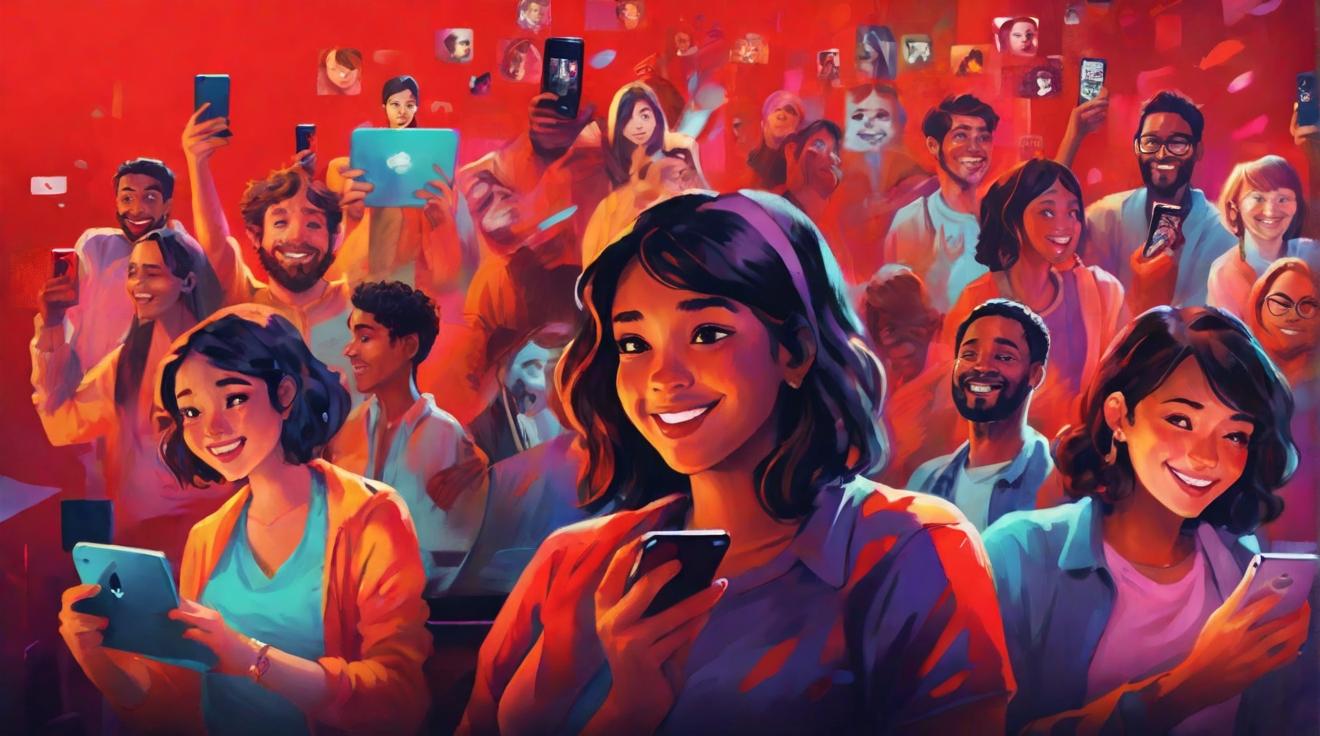Breakthrough in Virtual Reality: A Leap Towards Restoring Mobility
In an unprecedented stride towards combating paralysis, Project Biospine has unveiled a virtual reality (VR) technology that is controlled by thoughts, enabling paralyzed patients to experience the sensation of walking. Dr. Dinesh Palipana, a co-lead researcher on the project and a notable figure who himself has faced paralysis, is at the forefront of this innovative endeavor. The project not only promises a new realm of rehabilitation for spinal injury patients but also opens doors to potential applications in gaming and social media.
A Revolutionary Approach to Spinal Cord Injuries
Griffith University's cutting-edge research, led by Dr. Palipana and his team, has resulted in a VR simulation that patients can control with their minds. The technology leverages electroencephalograms (EEG) to measure brain activity, translating thoughts of walking and cycling into virtual actions. This is complemented by electrical muscle stimulation, fostering an immersive experience that has shown to significantly improve muscle and bone density among participants.
Dr. Palipana's personal journey from a tragic car accident in 2010, which left him paralyzed, to experiencing the freedom of walking down the Gold Coast foreshore in a virtual environment, underscores the profound impact of this technology. His story serves as a beacon of hope for many facing similar challenges. "Although I can't stand on my own yet, I've been doing a bit of standing with the assistance of a machine, and just to feel tall and upright again — I really can't describe the feeling," he states.
Beyond Rehabilitation: The Future of VR in Gaming and Social Media
The implications of thought-controlled VR extend far beyond the realm of medical rehabilitation. Claudio Pizzolato, a researcher with Griffith Centre for Biomedical and Rehabilitation Engineering, believes that this technology heralds a new era for gaming and social media platforms. The ability to control virtual environments with the mind opens up unprecedented avenues for interactive experiences, potentially revolutionizing how we conceive of and engage with digital spaces.
Fighting Paralysis with Innovation
Project Biospine has shown considerable success, with five patients undergoing the trial therapy for a year, all of whom reported improvements in voluntary movement and sensation. This promising outcome suggests a broad applicability of the technology, with the potential to aid in the treatment of cerebral palsy and stroke patients as well.
Dr. Pizzolato and Dr. Palipana emphasize the transformative potential of their work, not just for individuals grappling with paralysis but for society at large. "Now we're 14 years down the track and I'm so grateful for a great many things," reflects Dr. Palipana, highlighting the journey of resilience and innovation that has marked Project Biospine's achievements.
As virtual reality technology continues to evolve, its capacity to restore, rehabilitate, and revolutionize the way we interact with digital worlds remains boundless. With thought-controlled VR, we stand on the cusp of a paradigm shift in treating spinal cord injuries, offering new hope and freedom to those who have long been confined by physical limitations.
Analyst comment
Positive news
As an analyst, I predict that the market for virtual reality technology will experience significant growth as a result of this breakthrough. The use of thought-controlled VR not only has the potential to revolutionize medical rehabilitation for spinal cord injuries but also opens doors for applications in gaming and social media. This technology is likely to attract significant investment and drive innovation in the virtual reality market.













